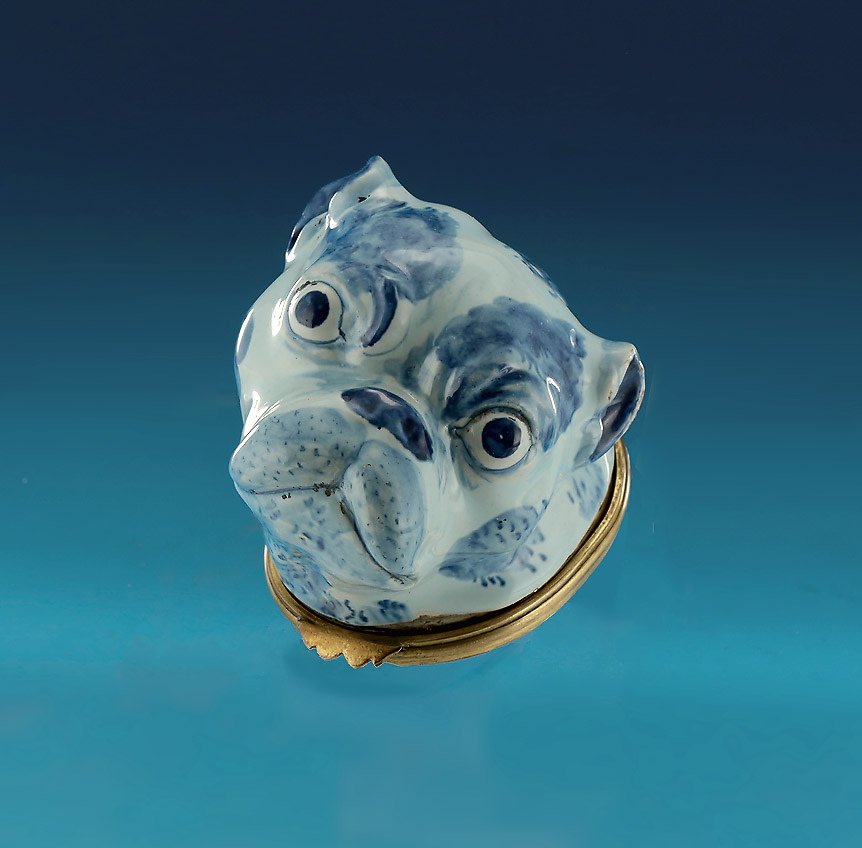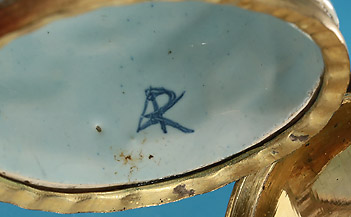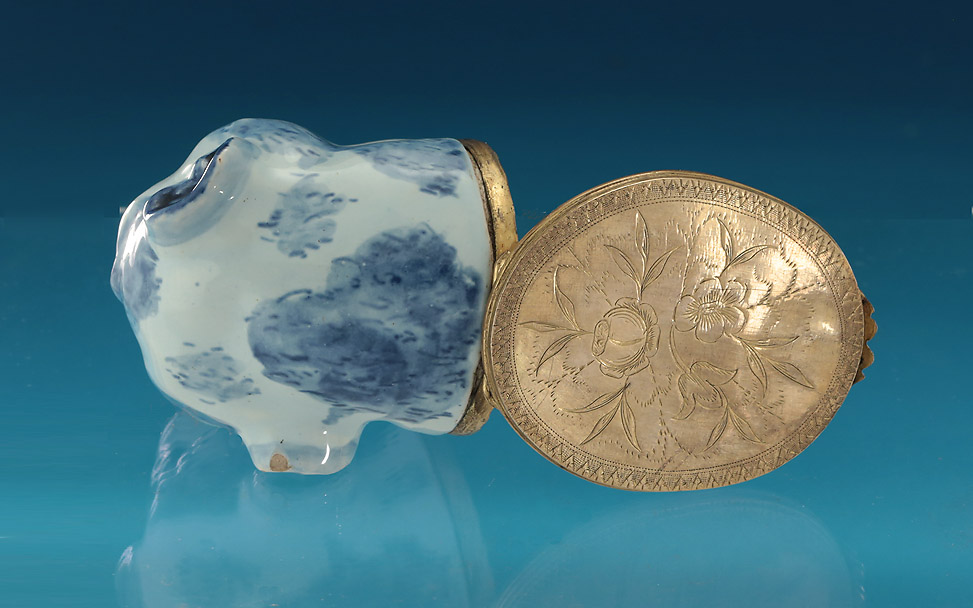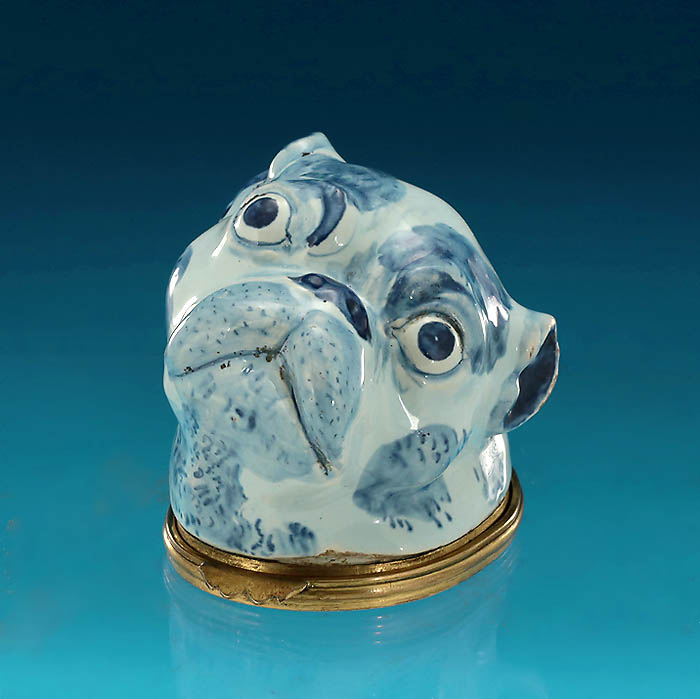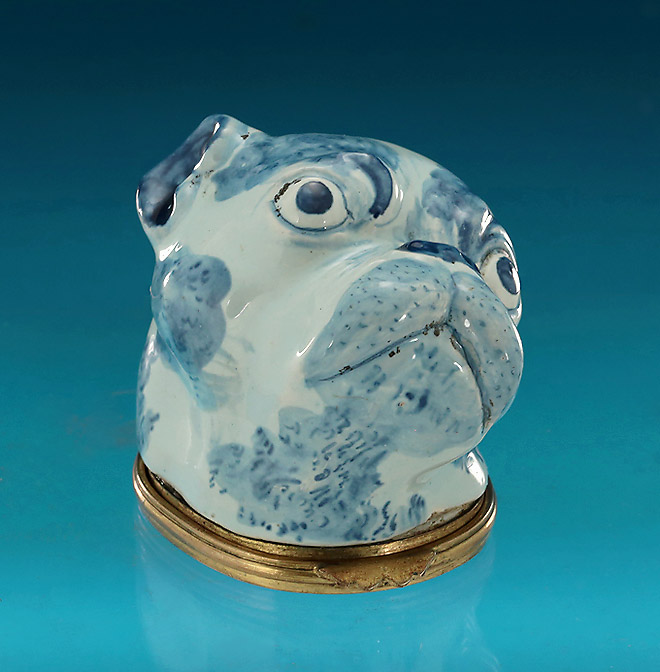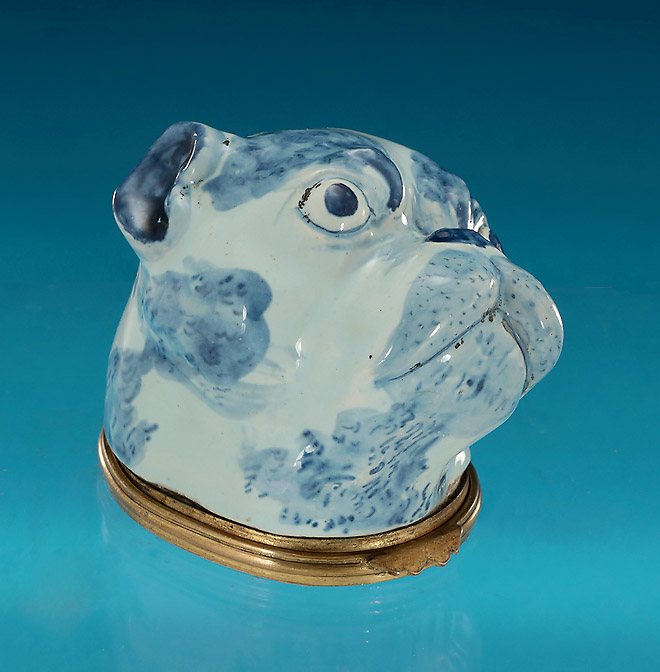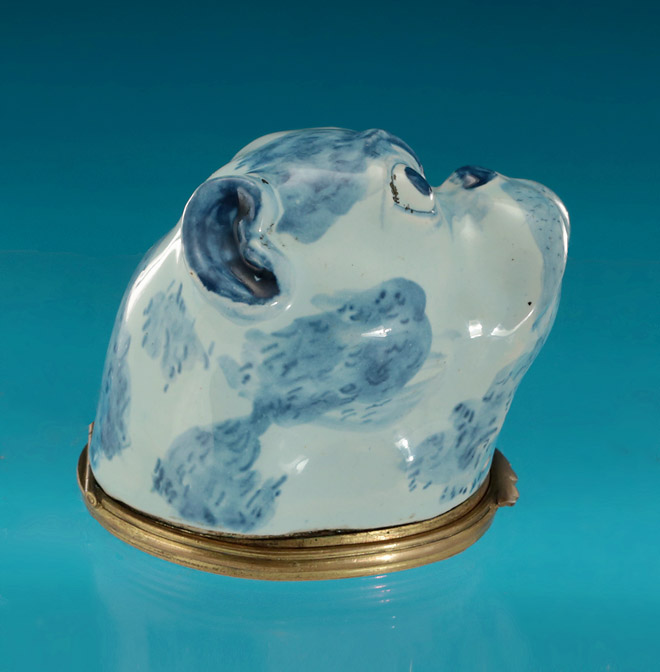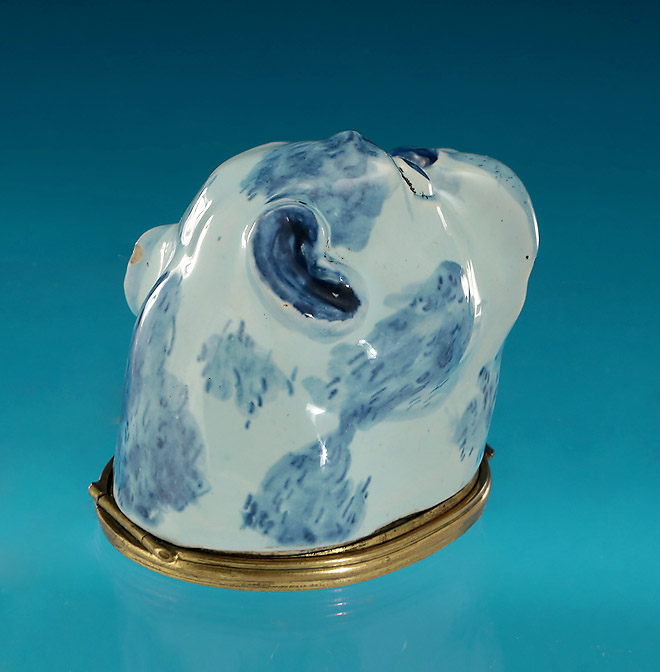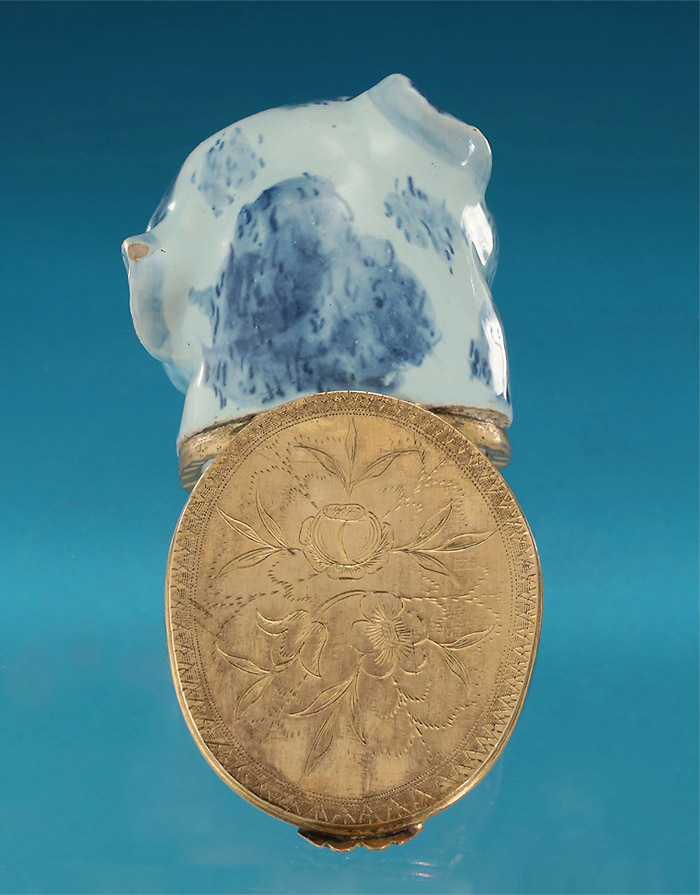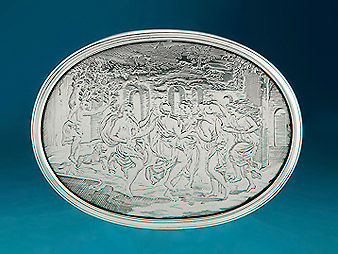Most are familiar with snuff boxes.
Sniffing snuff was the original method of taking tobacco, first used by the American Indians,the substance being
brought back to Europe by Christopher Columbus on his second
voyage (1494-96) to the New World.
It was immediately
popular among the Spanish and French, and brought into
England with the return of Charles II in 1660.
It was
a substance for the aristocrat, and particularly popular in
court circles.
All ladies in Queen Anne's court
followed her passion of snuff-taking,
and Queen Charlotte
(wife of George III) was known as "Snuffy Charlotte", due to
her very frequent use.
Her son, George IV, changed his
snuff according to the time of day,
and had a storage room
set aside in each of his palaces for his boxes.
However, unlike snuff, I
am often asked about bonbonnieres, and the purpose of these
quite small boxes
The earliest bonbonnieres can be traced back more than 300 years - popular first on the Continent, -
-and introduced into Scotland by
the time of Mary Queen of Scot's
(an extension of the interchange between France and Scotland at
that time).
Amongst wealthy aristocrats, small boxes of
sweets - each holding only a few confections -
were given to celebrate
birthdays, christenings, and marriages.
The
earliest sweets would have been dry and rather hard
confections known as "comfits"
(sugared nuts, cloves and
seeds) and diamond form sugar "lozenges".
In the 17th and 18th centuries, sugar was quite costly -
even its shipment having to come by
boat from the faraway Caribbean islands.
Thus so were the containers costly - sometimes made of gold,
precious stones, crystals, or porcelain.
Actually,
even owning a bonbonniere indicated a person as one of
wealth
In Italy,
bonbonnieres were traditionally given as wedding gifts,
each enclosing five sugared
almonds, representing fertility, health, wealth, happiness and longevity,
as well as the bittersweet life of a married couple.
Further, in the 18th century, everyone had very "bad
breath".
The sugar-coated seeds
and nuts contained in bonbonnieres were sucked to disguise this fault.
Bonbonnieres were
generally made in enamel on metal, in porcelain with metal mounts,
and some exquisite and very expensive examples in gold.
A Russian jeweled and enameled gold
bonbonniere by Fabergé sold at Christies in 2006 for $411,864.00.
There are also a few in silver.
Some glass examples are also known - but rare due to their
fragility.
The concepts for these boxes
are often
quite whimsical and intricate.
Some are set with small
portraits or landscapes and precious stones - most particularly the gold examples.
The English were
particularly good at fashioning whimsical animal forms in
enamel on copper.
|
